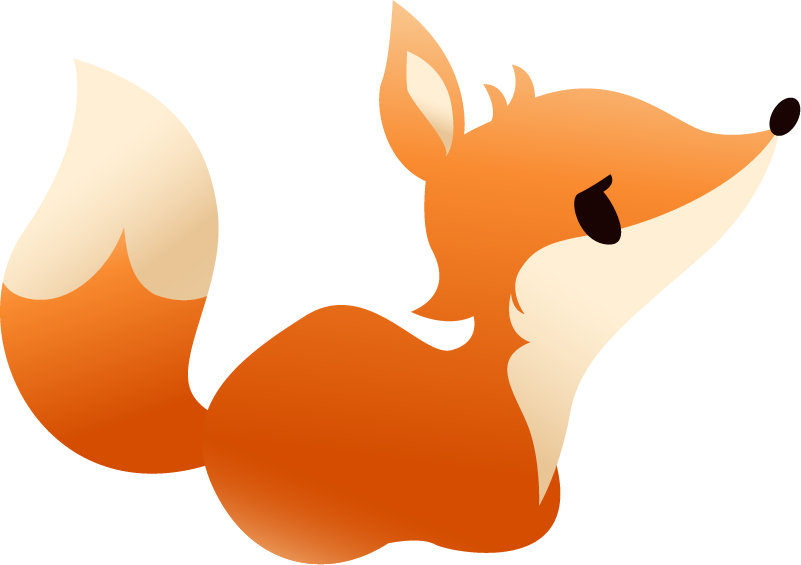When pasting a text into the reader, it sometimes does not parse expressions correctly when they are composed of smaller sub expressions. This seems to be specially the case in the following situations:
- When the expression has okurigana followed by more kanji, such as
- 肌で感じる gets parsed as 肌, particle で and 感じる, where it should be parsed as one single expression
- When the expression is fully written in hiragana
- 風鈴 is parsed correctly, but ふうりん is parsed into ふう (seal) and りん (one-hundredth)
- はだでかんじる gets parsed as the particle は, だで, かんじる
Also, some expressions with okurigana are parsed correctly when written with kanji, but still fail when written with hiragana, such as:
- 食べ物 is parsed correctly, but たべもの is not parsed at all
- 入り口 is parsed correctly, but いりぐち is parsed as いり and ぐち
Overall, it looks like the parser is trying to prioritize particles when it deals with hiragana. It also appears the parser always prioritizes short words/expressions over long ones. Since it may not always be possible to determine whether the desired expression is the short or the long one without context, I believe it might be useful to have an option to either suggest corrections for the parser or to display other possible results.




